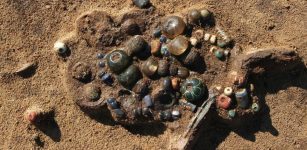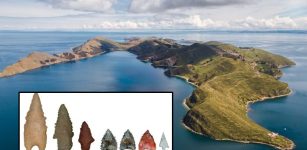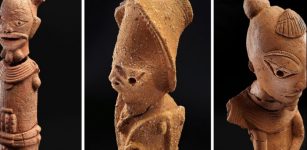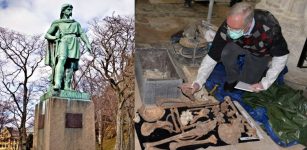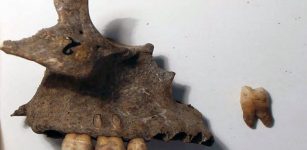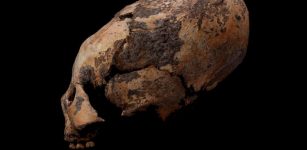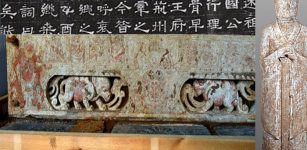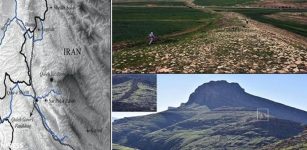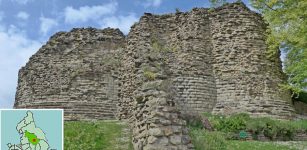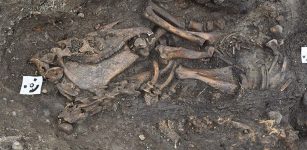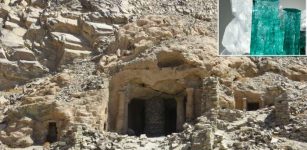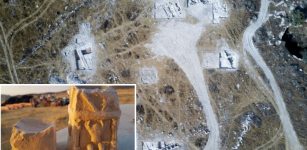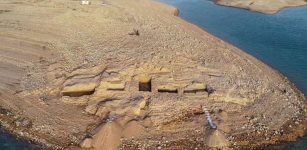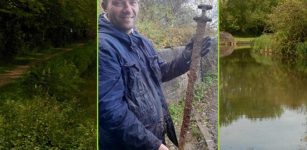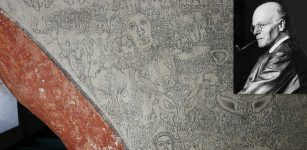Medieval Cemetery Unearthed By Polish Archaeologists In Sicily Belonged To The Normans
AncientPages.com - Several over 800 year-old graves that could belong to the Normans, have been unearthed by Polish archaeologists excavating a medieval cemetery near the medieval church of San Michele del Golfo near Palermo in Sicily.
The Normans represented an ethnic group that arose in Normandy, a northern region of France, from contact between indigenous Franks and Norse Viking settlers.
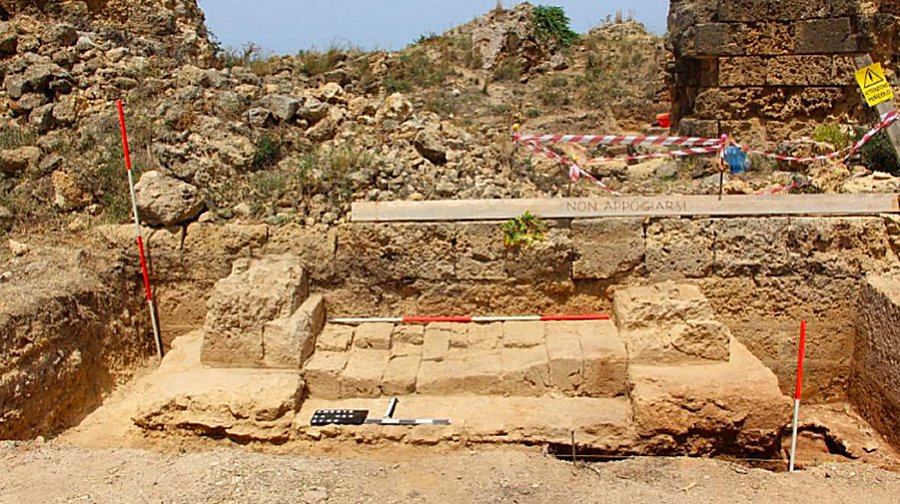
Based on the 12th century document, the excavated cemetery was once associated with the church hospital, of which traces, however, were not identified. Image credit: S Możdzioch
"Some of the dead buried in the cemetery were undoubtedly members of the elites or the clergy, as the form of some of the graves indicates" - says Prof. Sławomir Moździoch from the Institute of Archaeology and Ethnology of the Polish Academy of Sciences in Wroclaw, who led the excavations.
This year, there have been found 10 burials, including three graves of women and two graves of children. The remaining skeletons were difficult to identify.
The analysis of the bones indicates the dead may have the Normans from Northern France who, at the time, were present in Sicily conquering San Michele del Golfo island along with other parts of Italy.
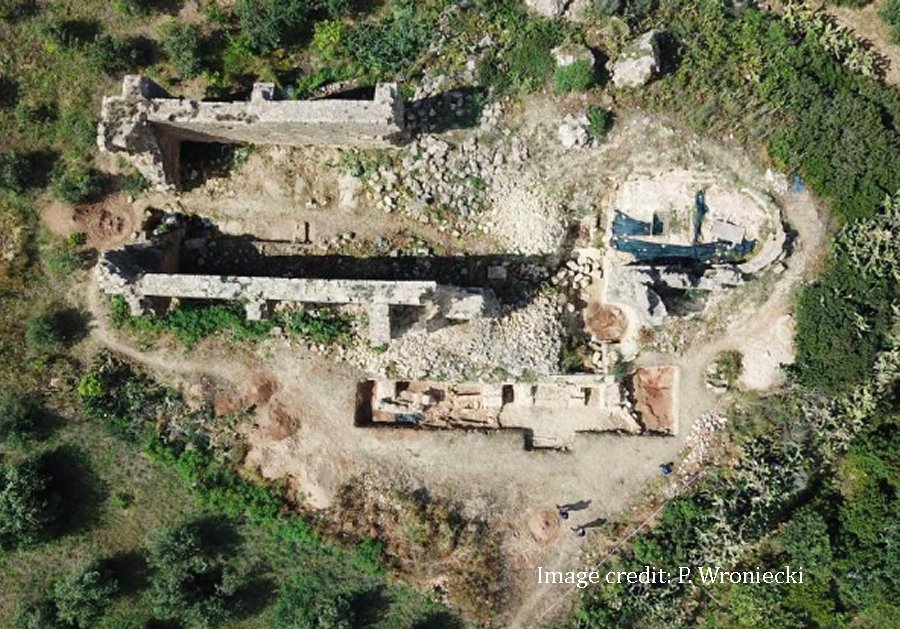
The cemetery was associated with the church hospital mentioned in a document from the 12th century. Image: PAP - Science in Poland
"In the second half of the 11th century, the island was recaptured from the Arabs by a Norman nobleman, Roger de Hauteville" - explains Prof.Moździoch.
Interestingly, the construction of the fortified church started before the nearby city of Palermo was recaptured from the Muslims. That`s why the church was built on a hill, in a strategic place. It was a 3-apse building with one nave, erected on a cruciform plan.
Based on the 12th century document, the excavated cemetery was once associated with the church hospital, of which traces, however, were not identified.
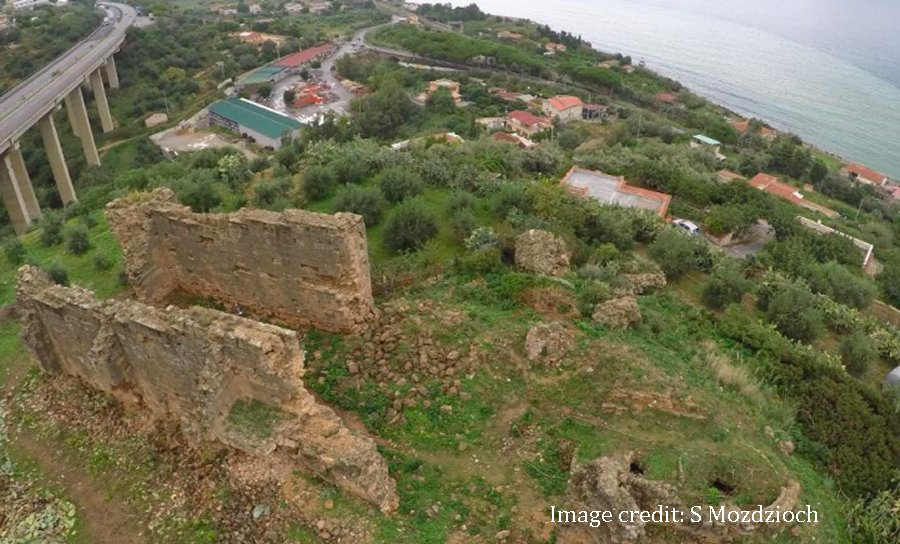
Excavations were also carried out within the ruins of the medieval church. Image credit: S. Moździoch
"The Western European form of the church, its architecture, but also discovered coins minted in Champagne and Lucca, indicate that its builders and users could have come from Normandy and the north of the Apennine peninsula,” according to Prof. Moździoch
Research results confirm the earlier conclusions of researchers that the temple was built in the 12th century.
Researchers say the church structure resembles the western European churches of the 11th and 12th centuries rather than the buildings of this type erected in Sicily during that period.
“… To put it simply, the concept of construction was directly transferred from the north by the craftsmen brought from there," concludes Prof. Moździoch.
AncientPages.com

